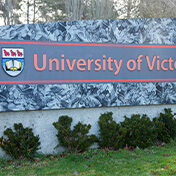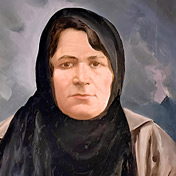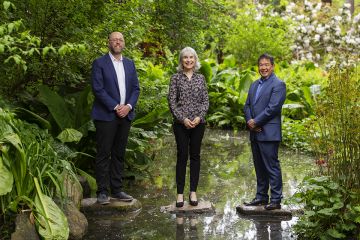Three graphic novels frame lasting lessons of the Holocaust
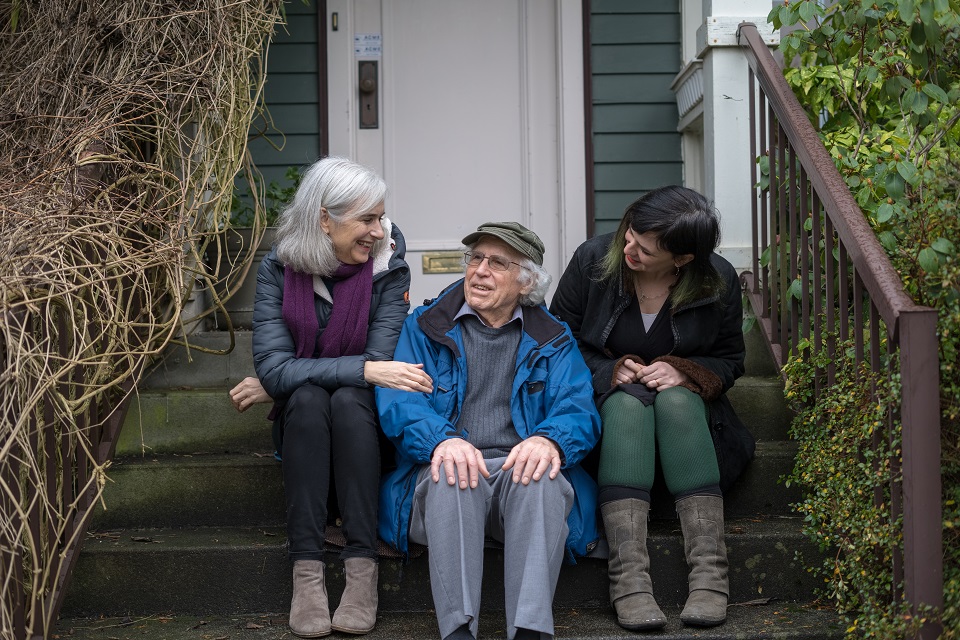
Artists are transforming the vivid stories of Holocaust survivors into graphic novels as part of an international project led by the University of Victoria. The initiative—which launched its first meetings this winter between survivors and graphic novelists—will teach new generations about racism, antisemitism, human rights and social justice while illuminating one of the darkest times in human history.
Charlotte Schallié, a Holocaust historian and the current chair of UVic’s Department of Germanic and Slavic Studies, is leading the project that brings four survivors living in the Netherlands, Israel and Canada together with accomplished graphic novelists from three continents.
The Anne Frank House in Amsterdam, the Canadian Museum for Human Rights in Winnipeg and the Vancouver Holocaust Education Centre are three of the many partners in this global collaboration, which Schallié says will highlight the connection between instruction about the Holocaust and broader human rights education.
Given the advanced age of our survivors, our project takes on an immediate urgency. And what makes the survivors’ participation especially meaningful is that all of them continue to be human rights and social justice activists into their 80s and 90s. They are role models for how we can integrate learning about the Shoah into broader questions of human rights protection.
— Holocaust historian Charlotte Schallié, who is leading the new project
Visual artists Miriam Libicki, an American-Israeli currently based in Vancouver, Germany’s Barbara Yelin and Israel’s Gilad Seliktar will work closely with the survivors to produce three original works of graphic art. When completed, Schallié says the graphic novels will be accompanied by teachers’ guides and instructional material tailored for schools in Canada, Germany, Israel, the Netherlands, the United Kingdom and the United States.
Libicki met David Schaffer for the first time in Vancouver Jan. 2, the same month as International Holocaust Remembrance Day (Jan. 27), to learn how he survived the Holocaust as a boy in Romania. In 1941, Schaffer was deported by cattle car with his family to Transnistria, on the border of current day Moldova and Ukraine, where they suffered starvation and inhumane living conditions.
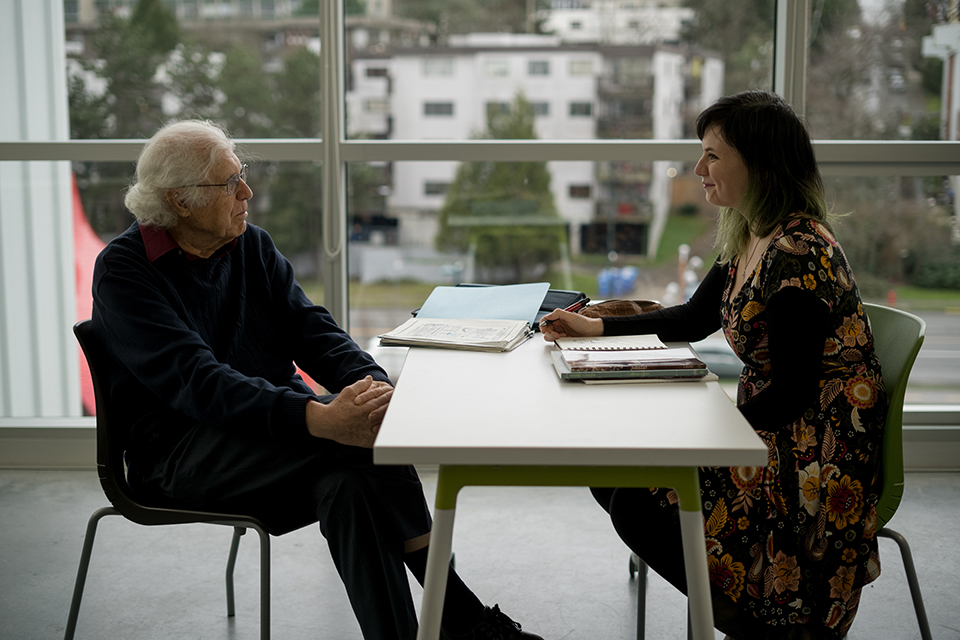
For Libicki, whose paternal grandparents are also Holocaust survivors, Schaffer’s story echoes that of her grandmother, who was interned in Soviet-occupied territory. Libicki, an artist already known for her autobiographical comic series Jobnik! An American Girl's Adventures in the Israeli Army, says graphic novels are a smart way to reach young people.
“The more stories, the better. The wiser we can be as people, the more informed we can be as citizens and the more empathy we can have for each other,” she says. “Graphic novels are not just a document in the archives, they’re something people will be drawn to reading.”
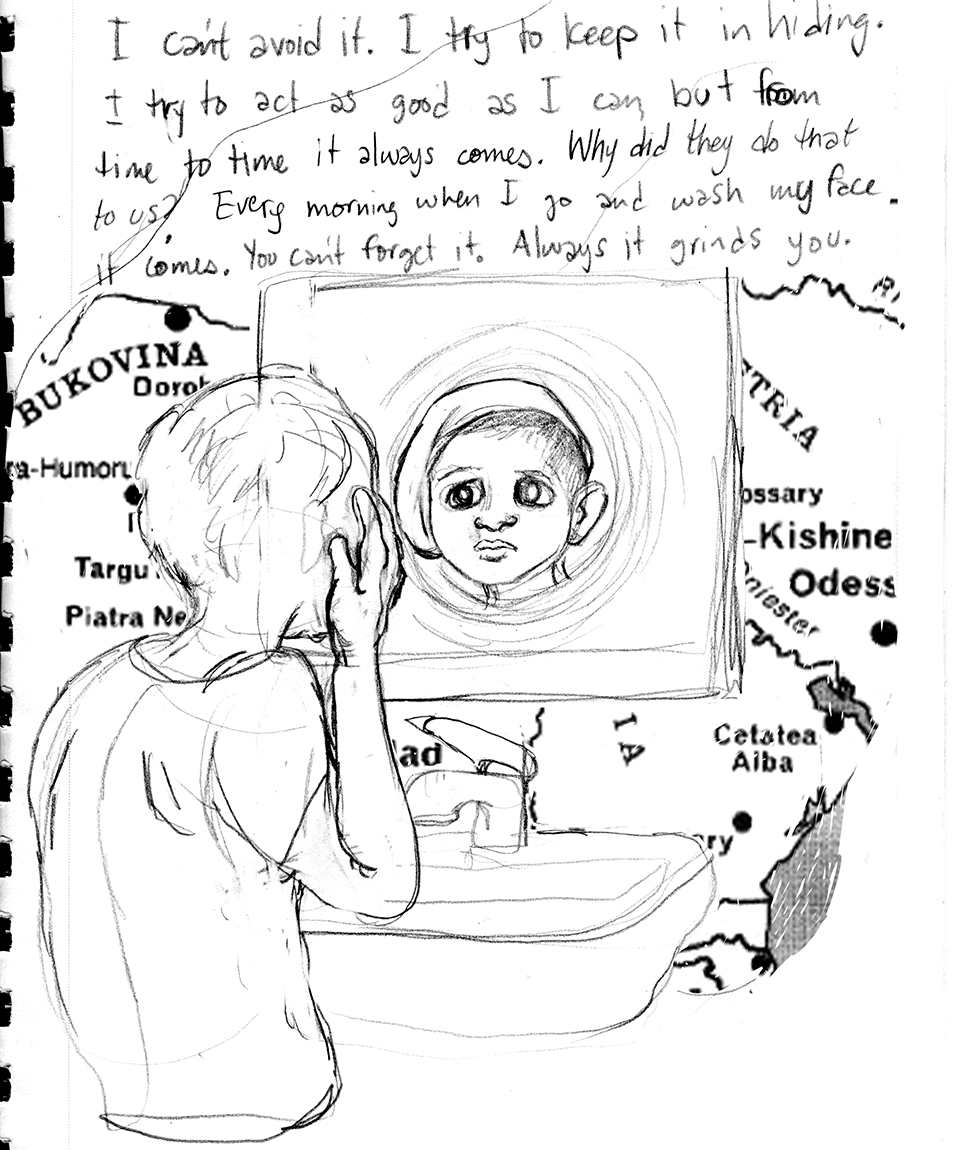
Schaffer, meanwhile, says he hopes the finished works will educate people beyond the Jewish community.
The most important thing is to share the story with the general population so they realize what happened and to avoid it happening again. It’s very simple. History has a habit of repeating itself.
— David Schaffer, Vancouver resident and Holocaust survivor
The other three Holocaust survivors involved are: Emmie Arbel in Kiryat Tiv’on, Israel; and brothers Nicole and Rolf Kamp in Amsterdam, Holland.
The project, Narrative Art and Visual Storytelling in Holocaust and Human Rights Education, is supported by the Social Sciences and Humanities Research Council. In addition to the Anne Frank House in Amsterdam, the museum in Winnipeg and education centre in Vancouver, there are multiple project partners from the University of Haifa in Israel and the Stanley Burton Centre for Holocaust and Genocide Studies at the University of Leicester in the UK to the Ravensbrück Memorial in Germany and Pennsylvania State University in the US, among others.
UVic offers a master’s stream in Holocaust studies, the only one of its kind in Canada, and the I-witness Holocaust Field School, the first of its kind for undergraduate students at a Canadian university.
Schallié says the graphic novels will be available digitally in 2022.
For high-res photos: visit our Dropbox.
-- 30 --
Photos
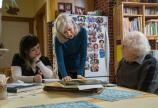
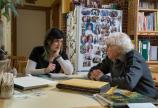
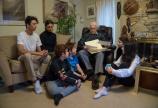
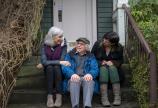
Videos
Media contacts
Dr. Charlotte Schallié (Dept. of Germanic and Slavic Studies) at 250-721-7321 or schallie@uvic.ca
Stephanie Harrington (University Communications + Marketing ) at 250-721-6248 or smharrin@uvic.ca
Tara Sharpe (University Communications + Marketing) at tksharpe@uvic.ca
In this story
Keywords: Holocaust, art, history, racism, international, Germanic and Slavic studies
People: Charlotte Schallie


